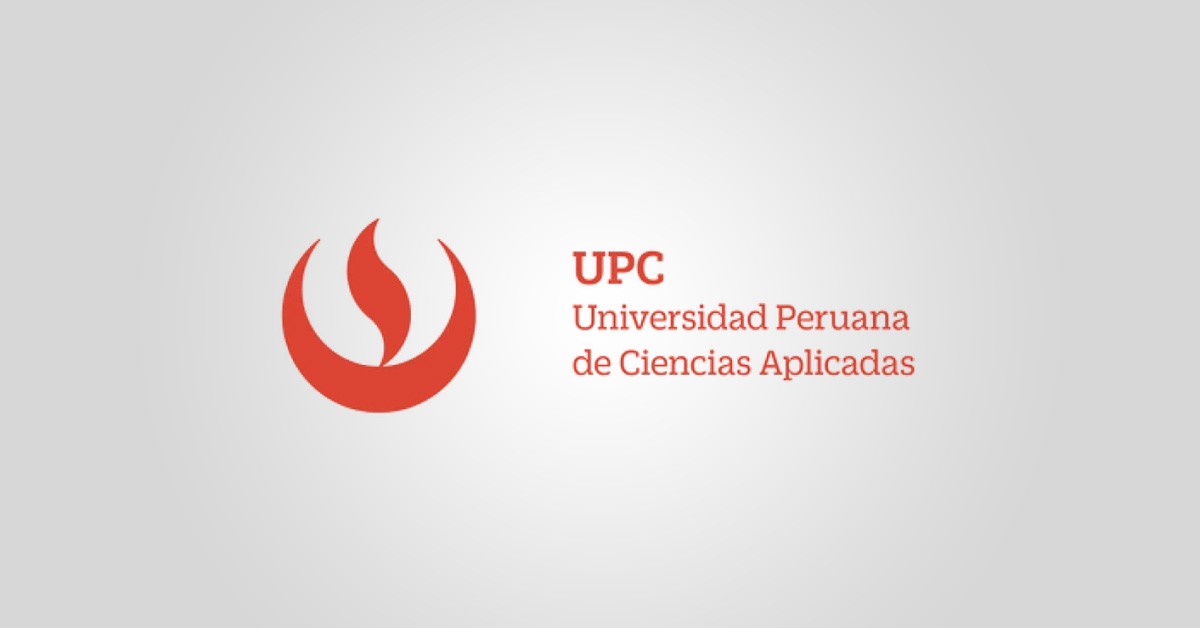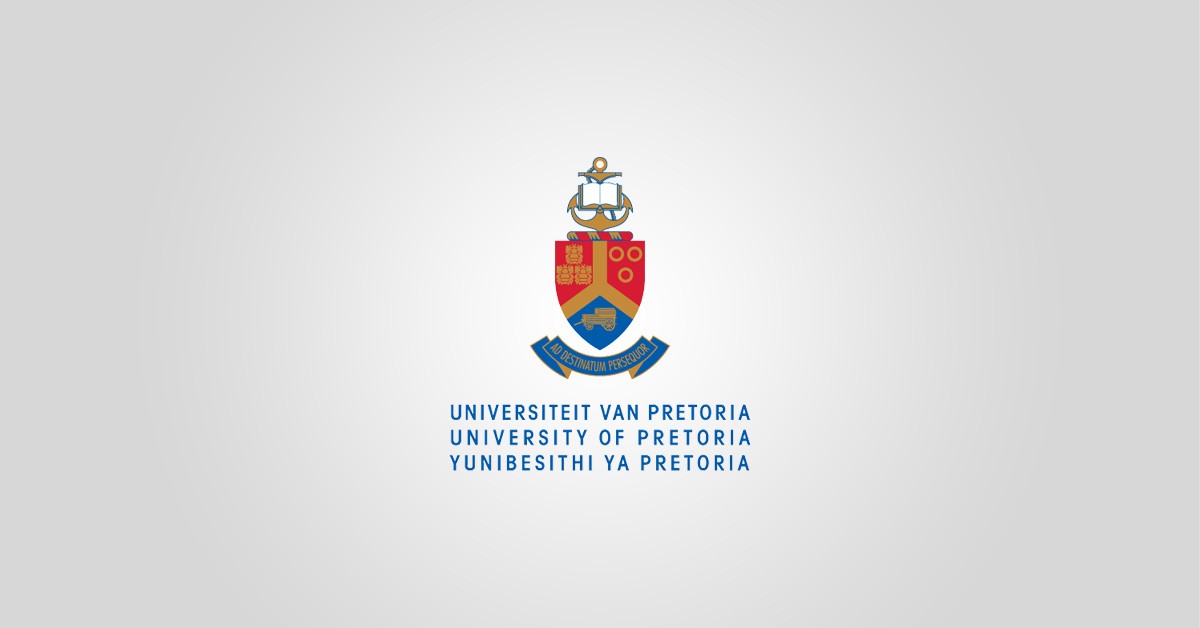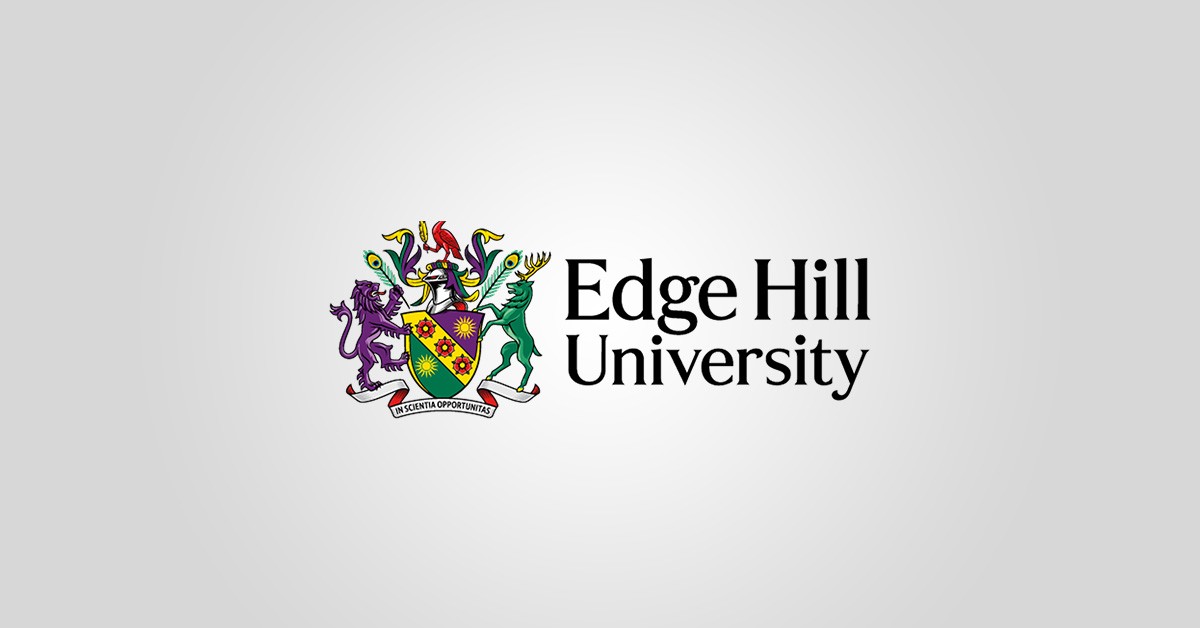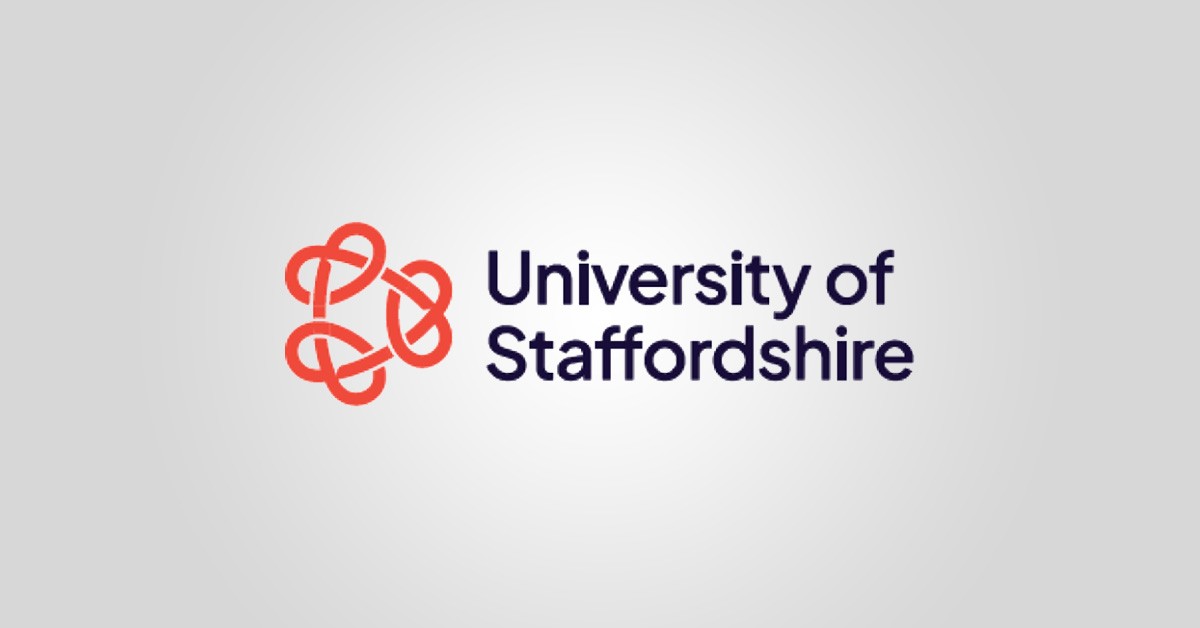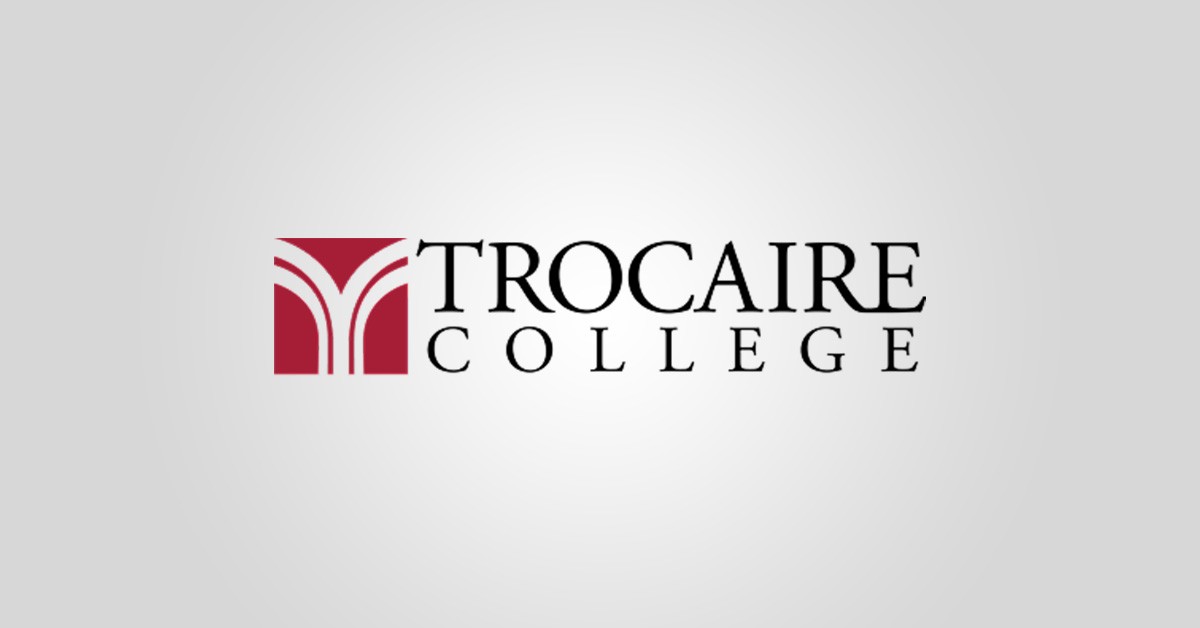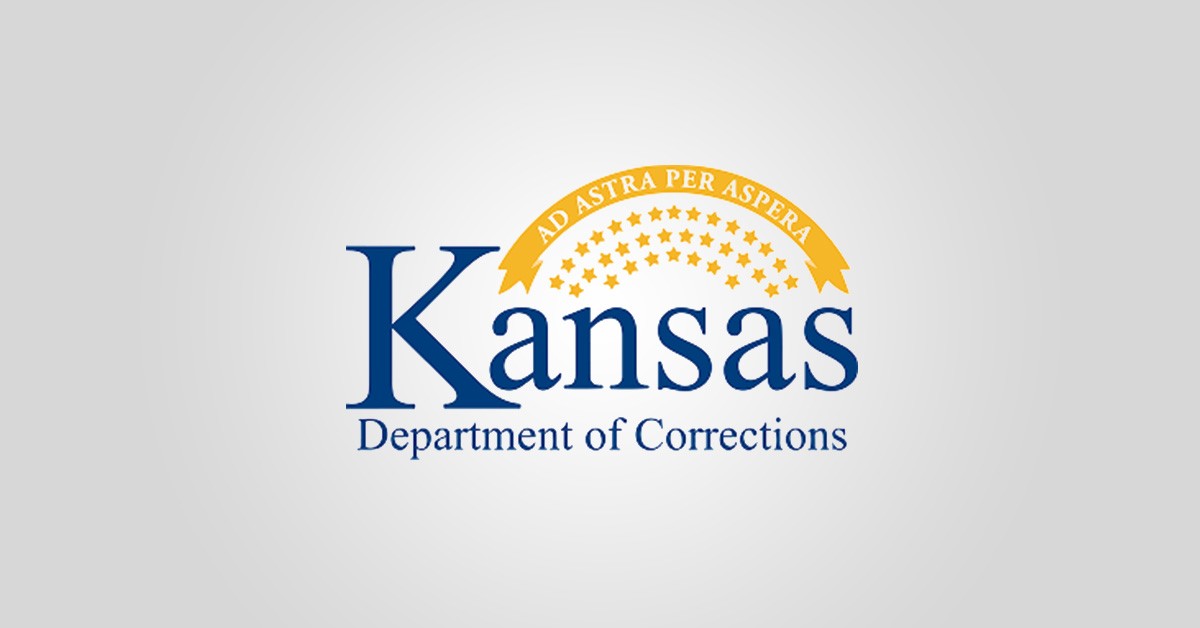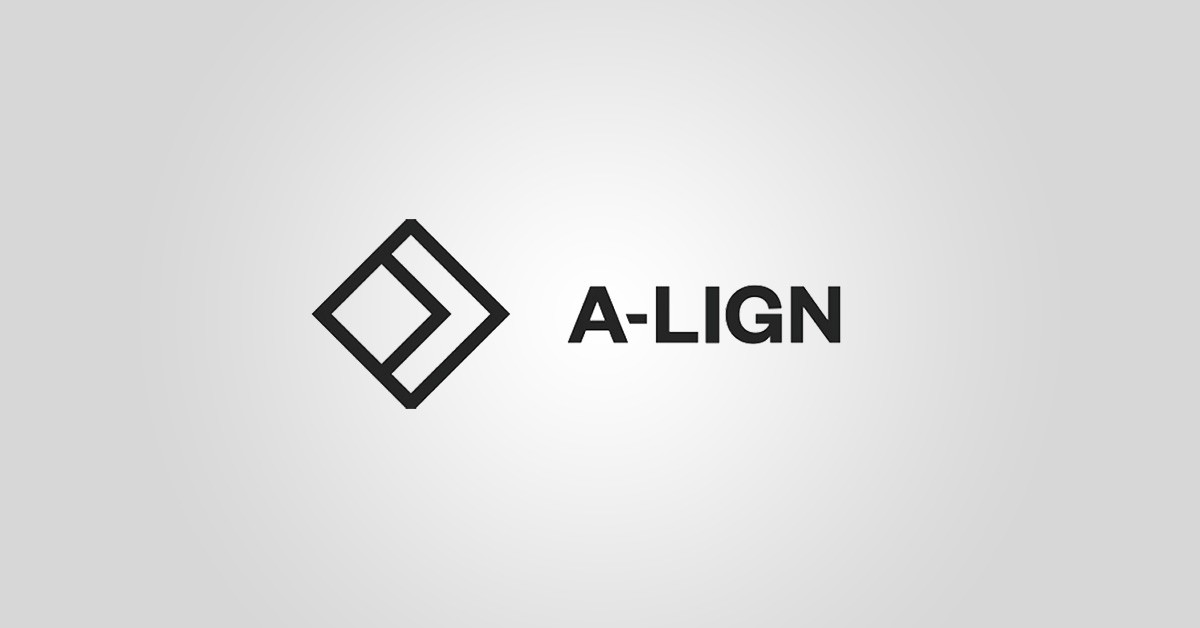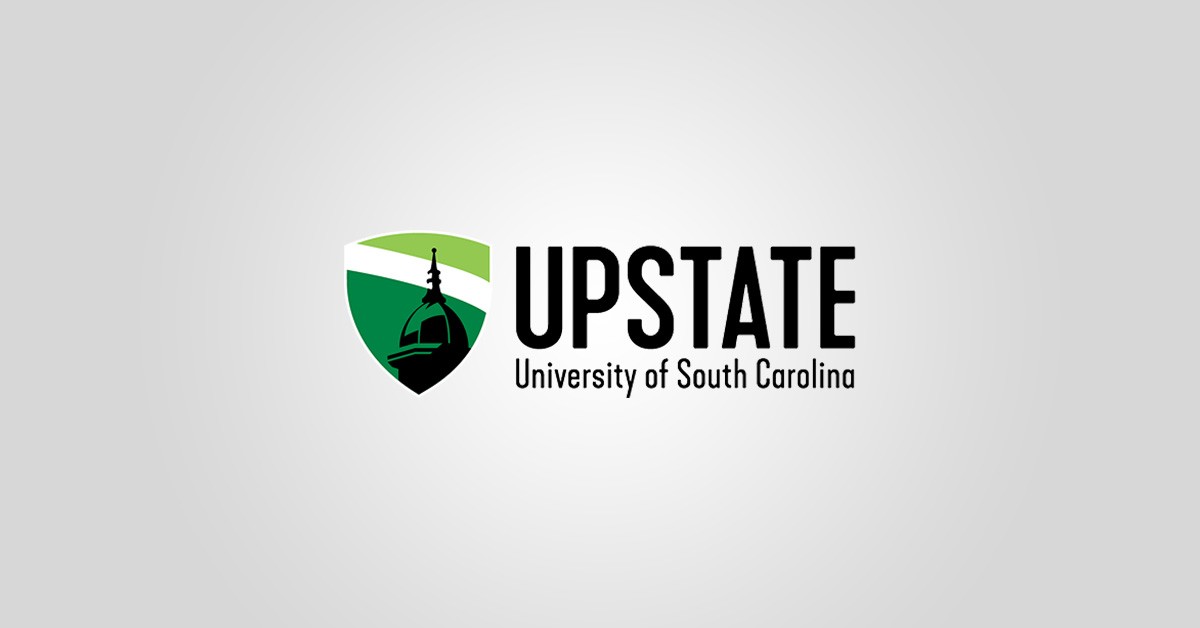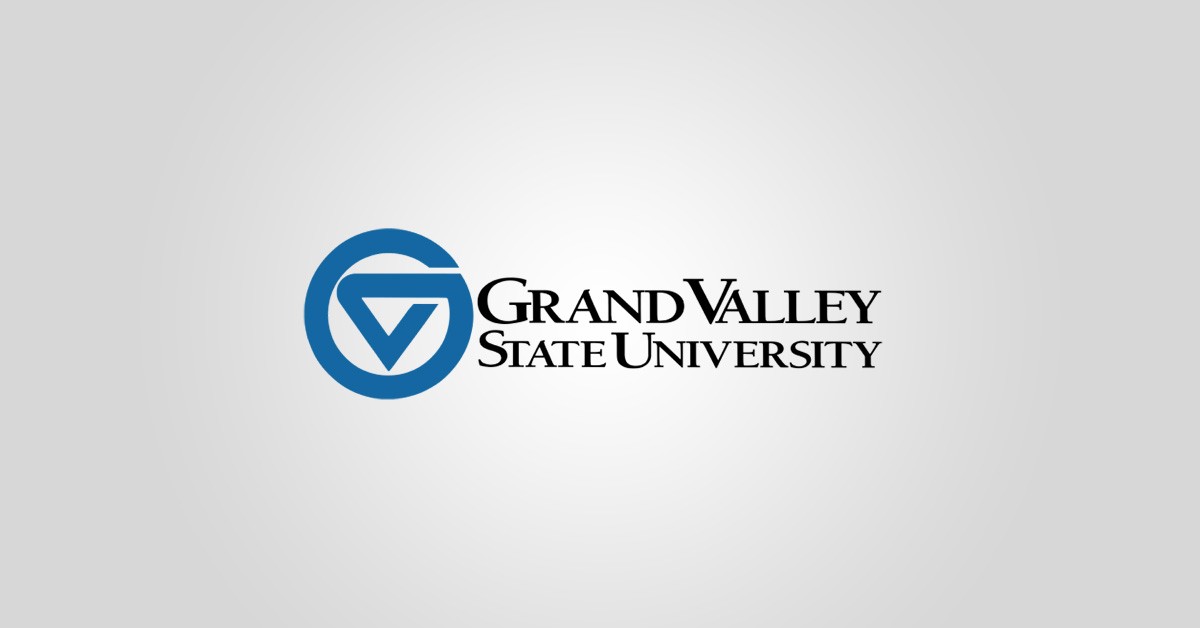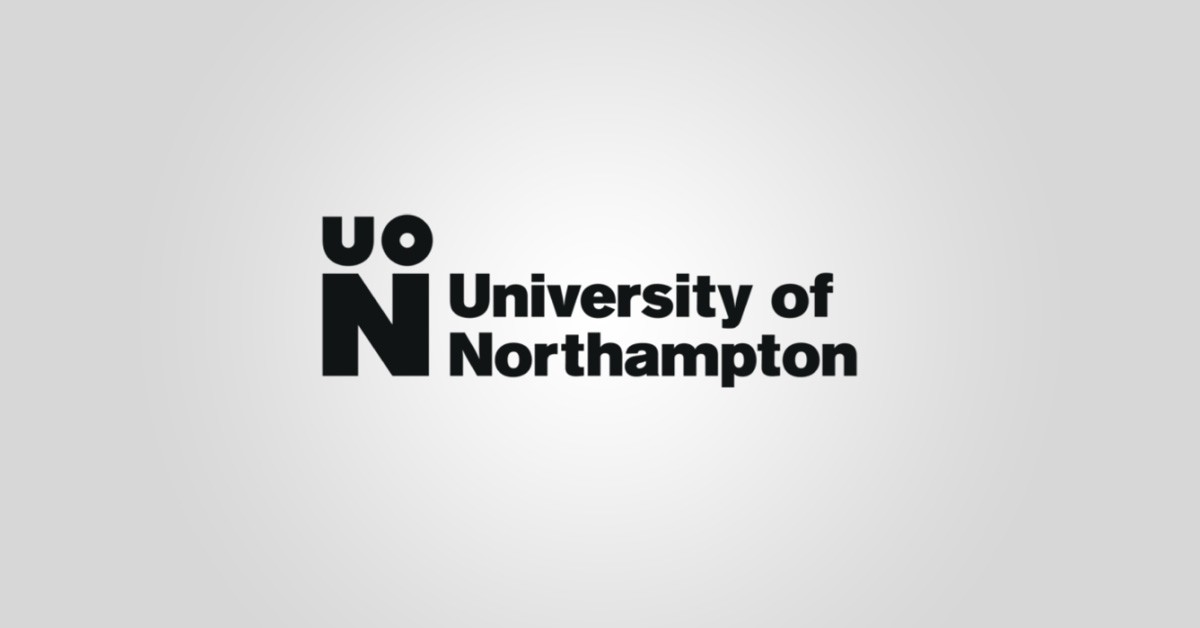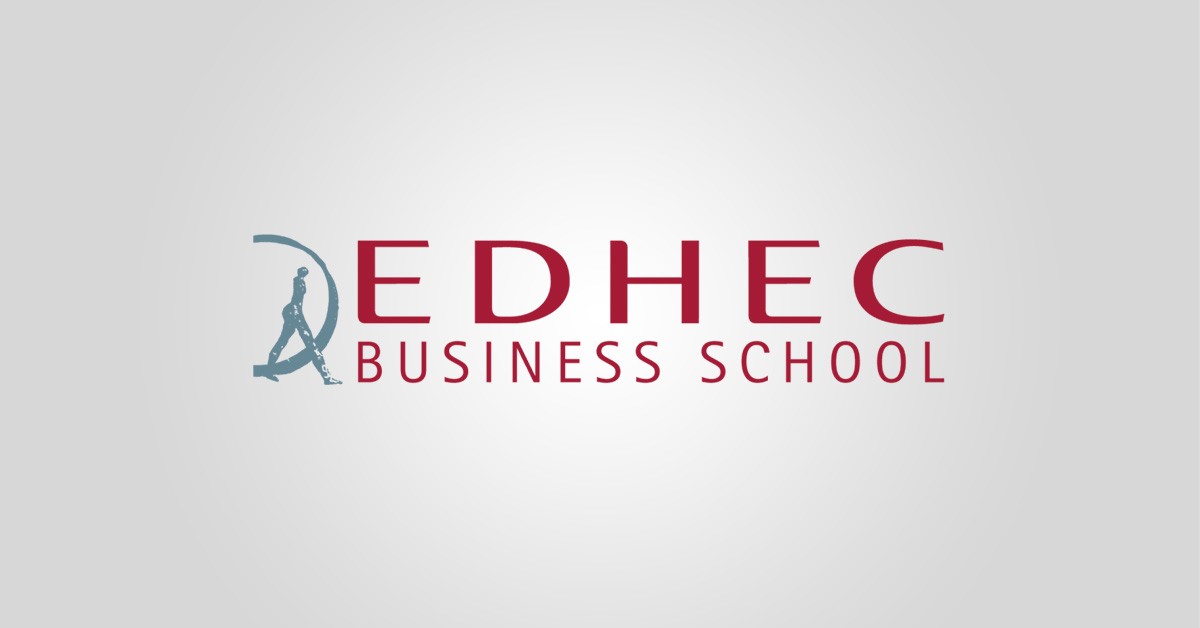We succeed only when our clients succeed
Trying to figure out what’s best for the learners you serve? There are as many ways to utilize Anthology products as there are Anthology users. So we’ve collected success stories from clients using our solutions to facilitate more efficient processes, cultivate innovation, and elevate the learner experience. You don’t always need to blaze a brand-new trail—come get inspired by the ideas and accomplishments of fellow educators. And before you know it, we’ll be featuring you as our next success story!
Recommended
